
Acute Psychiatric Emergencies
Produs indisponibil momentan. Pentru comenzi va rugam trimiteti mail la adresa depozit2@prior.ro sau contactati-ne la numarul de telefon 021 210 89 28 Vedeti mai jos alte produse similare disponibile.
Description:
Acute Psychiatric Emergencies is designed for all medical and healthcare professionals working with patients in mental health crisis. This manual is a key component of the Acute Psychiatric Emergencies (APEx) course, which uses a structured approach developed by leading psychiatry and emergency medicine specialists with years of practical experience.
This valuable resource provides a practical approach for dealing with mental health emergencies, helping healthcare professionals from different specialties speak a common language and develop a shared understanding that expedites excellent care. The manual outlines the assessment and management of patients who have self-harmed, those that are apparently drunk, the patient behaving strangely, the patient with acute confusion, and those that are aggressive.
Presents a structured, practical approach for the emergency care of patients presenting in acute psychiatric crisis
Covers common presentations of psychiatric emergencies
Emphasises close co-operation of emergency and mental health teams
Offers content designed jointly by practicing psychiatrists and emergency physicians from the Advanced Life Support Group (ALSG)
Acute Psychiatric Emergencies will be useful for practitioners of emergency medicine, psychiatry, emergency and mental health nursing as well as other mental health and crisis care professionals.
Table of Contents:
How to use your textbook
The anytime, anywhere textbook
CHAPTER 1: Structured approach to acute psychiatric emergencies
1.1 Introduction
1.2 Preparation
1.3 Close working between emergency and psychiatry staff
1.4 Communication
1.5 Consent
1.6 A structured approach
1.7 Summary
CHAPTER 2: Primary unified assessment and immediate psychiatric management
2.1 Introduction
2.2 Preparation
2.3 Primary assessment – the unified assessment
2.4 Primary physical risk assessment
2.5 Primary psychiatric risk assessment
2.6 Unified assessment and immediate treatment
2.9 Personâ€centred care
2.10 Legal framework
2.11 Secondary assessment
2.12 Summary
CHAPTER 3: Secondary physical and psychosocial assessment
3.1 Introduction
3.2 Focused physical history and examination
3.3 Focused conversational psychosocial history
3.4 Secondary psychosocial (mental state) examination
3.5 Summary
CHAPTER 4: The patient who has harmed themselves
4.1 Introduction
4.2 General principles
PUTTING IT ALL TOGETHER – THE STRUCTURED APPROACH TO ASSESSMENT
4.3 Preparation
4.4 Primary assessment – the unified assessment
4.5 Secondary assessment
4.6 Case examples
4.7 Emergency management
4.8 Refusal to accept physical treatment following selfâ€harm
4.9 Summary
CHAPTER 5: The apparently drunk patient
5.1 Introduction
5.2 Pathophysiology and measurement of alcohol intoxication
5.3 Screening for alcohol intoxication
5.4 If it’s not (just) alcohol intoxication, what is it?
PUTTING IT ALL TOGETHER – THE STRUCTURED APPROACH TO ASSESSMENT
5.5 Preparation
5.6 Primary assessment – the unified assessment
5.7 Unified assessment and immediate treatment
5.8 Secondary assessment
5.9 Emergency management
5.10 Determine disposal/confirm route of care (CROC)
5.11 Handover
5.12 Brief interventions in the ED
5.13 Case example
5.14 Summary
CHAPTER 6: The patient behaving strangely
6.1 Introduction
PUTTING IT ALL TOGETHER – THE STRUCTURED APPROACH TO ASSESSMENT
6.2 Preparation
6.3 Primary assessment – the unified assessment
6.4 Secondary assessment
6.5 Emergency management
6.6 Case examples
6.7 Summary
Appendix 6.1 Organic disorders with psychiatric presentations
Appendix 6.2 Strange behaviour associated with drug and alcohol misuse
Appendix 6.3 Commonly encountered psychiatric presentations
CHAPTER 7: The acutely confused patient
7.1 Introduction
7.2 Acute confusional states
PUTTING IT ALL TOGETHER – THE STRUCTURED APPROACH TO ASSESSMENT
7.3 Preparation
7.4 Primary assessment – the unified assessment
7.5 Unified assessment and immediate treatment
7.6 Secondary assessment
7.7 Emergency management
7.8 Determine disposal
7.9 Handover
7.10 Case example
7.11 Summary
CHAPTER 8: The aggressive patient
8.1 Introduction
8.2 Principles in assessing aggression and violence
8.3 Risk formulation
8.4 Managing potential aggression and violence
8.5 Assessment, prevention and management of risk
8.6 Case examples
8.7 Summary
Appendix 8.1 Rapid tranquillisation
CHAPTER 9: Legal aspects of emergency psychiatry
9.1 Introduction
9.2 Determining mental capacity
9.3 Treating a patient who does not have mental capacity
9.4 Treating a patient who has mental capacity
9.5 Consent
9.6 Confidentiality
9.7 Documentation
9.8 Summary
CHAPTER 10: Human factors
10.1 Introduction
10.2 Extent of healthcare error
10.3 Causes of healthcare error
10.4 Human error
10.5 Communication
10.6 Team working, leadership and followership
10.7 Situation awareness
10.8 Improving team and individual performance
10.9 Summary
CHAPTER 11: The patient experience
11.1 Introduction
11.2 Aspects of a patient’s experience
11.3 Summary
Index
End User License Agreement
| An aparitie | 6 Feb. 2020 |
| Autor | ALSG |
| Dimensiuni | 215 x 273 x 7 mm |
| Editura | Wiley |
| Format | Paperback |
| ISBN | 9781119501060 |
| Limba | Engleza |
| Nr pag | 128 |

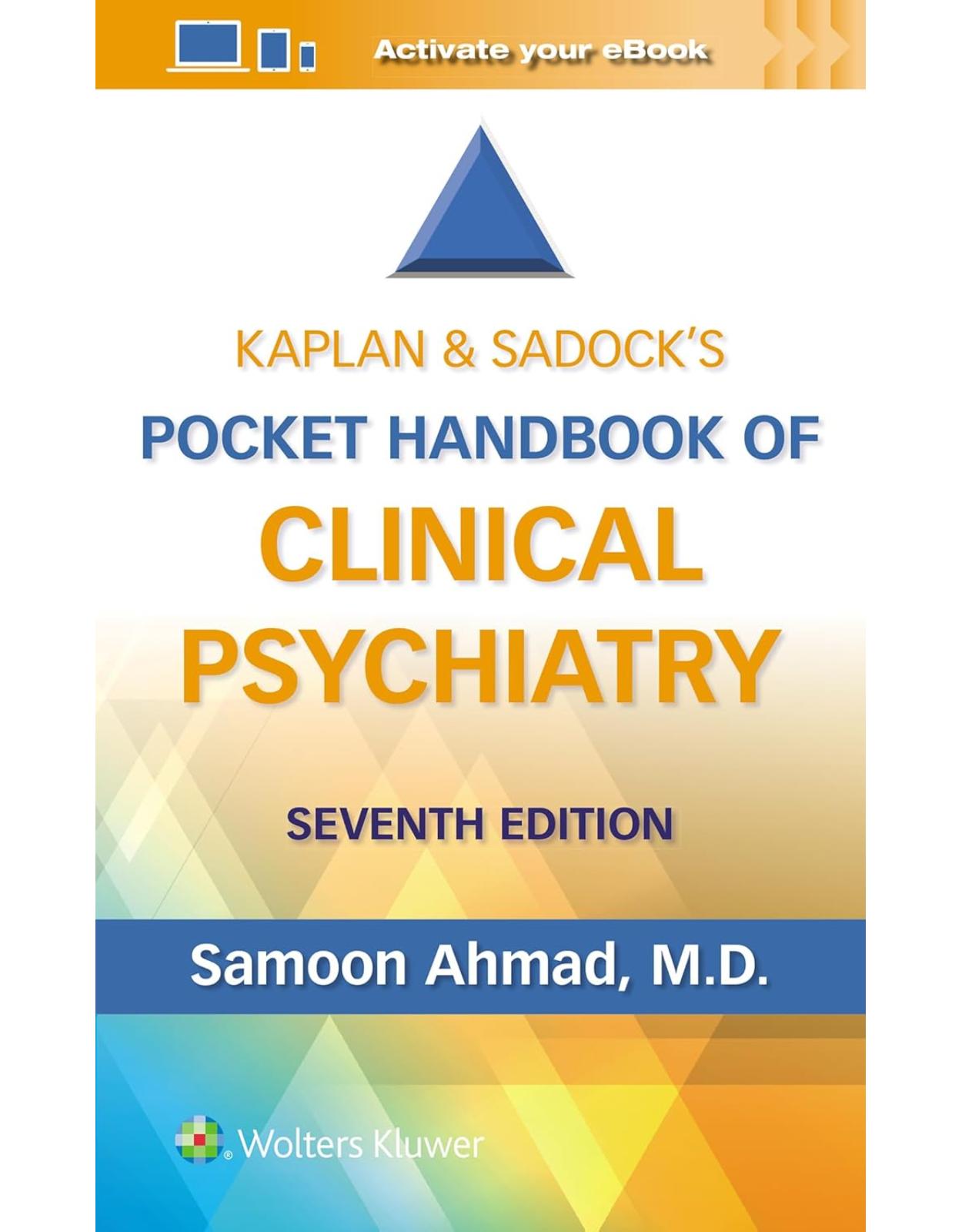
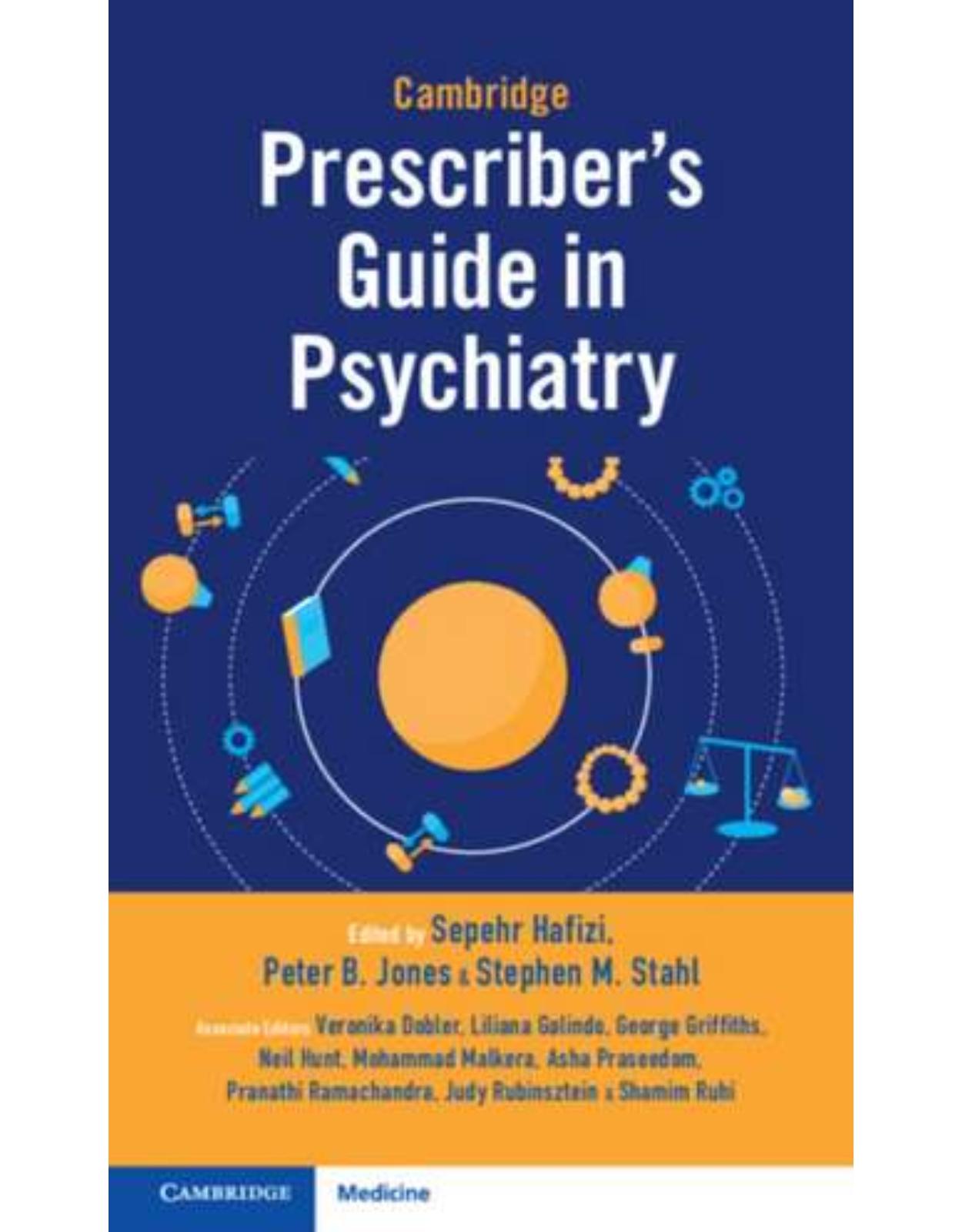
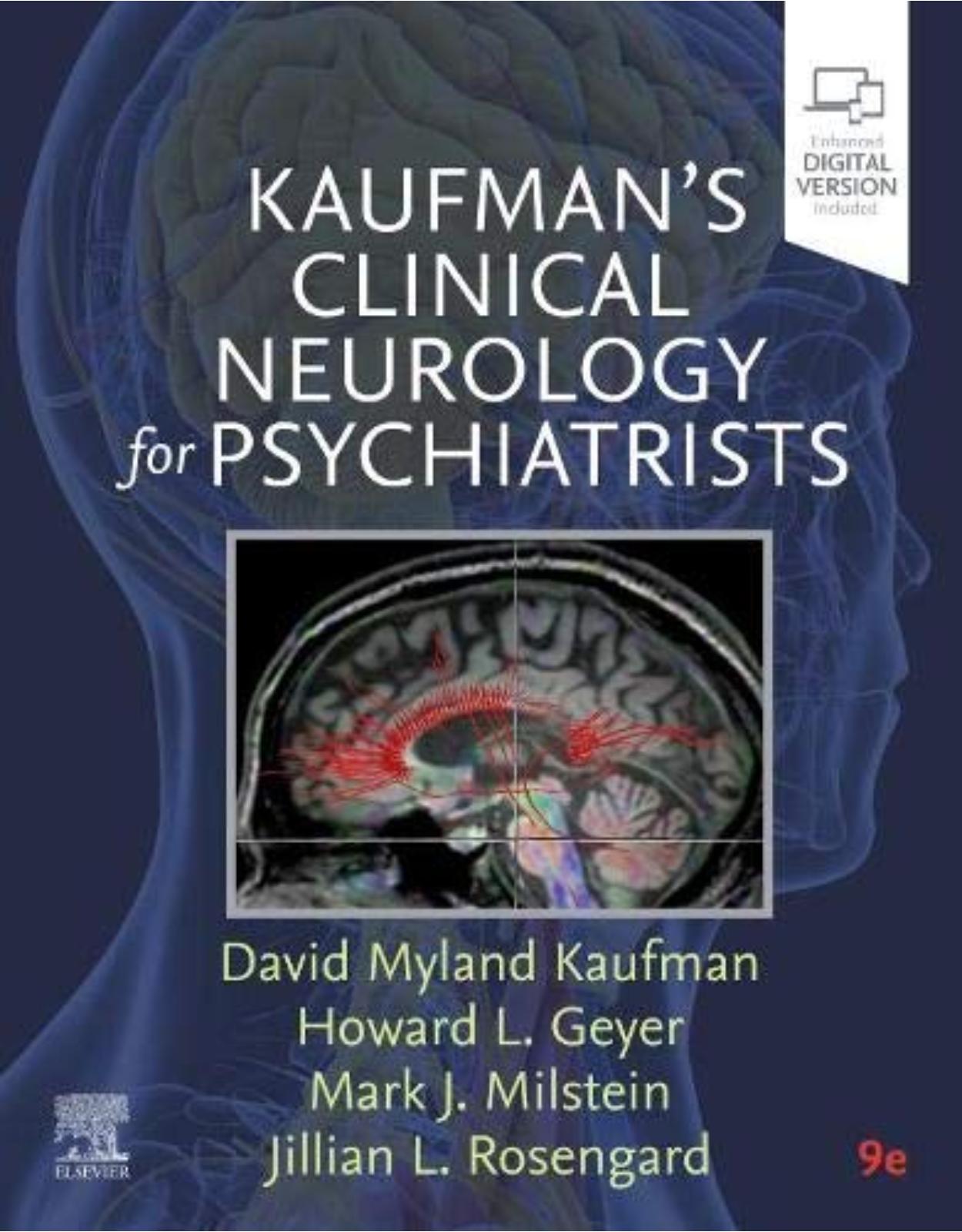
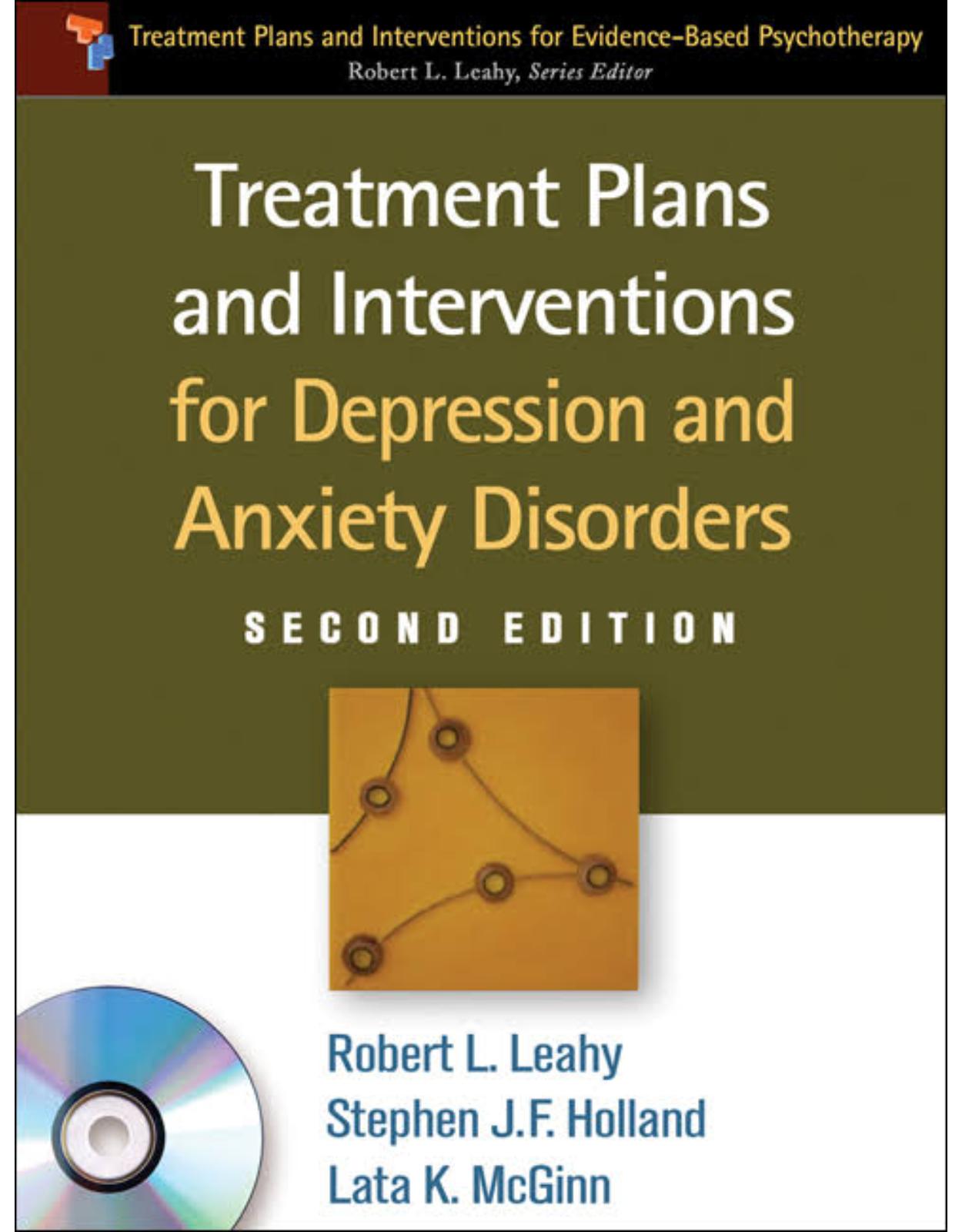
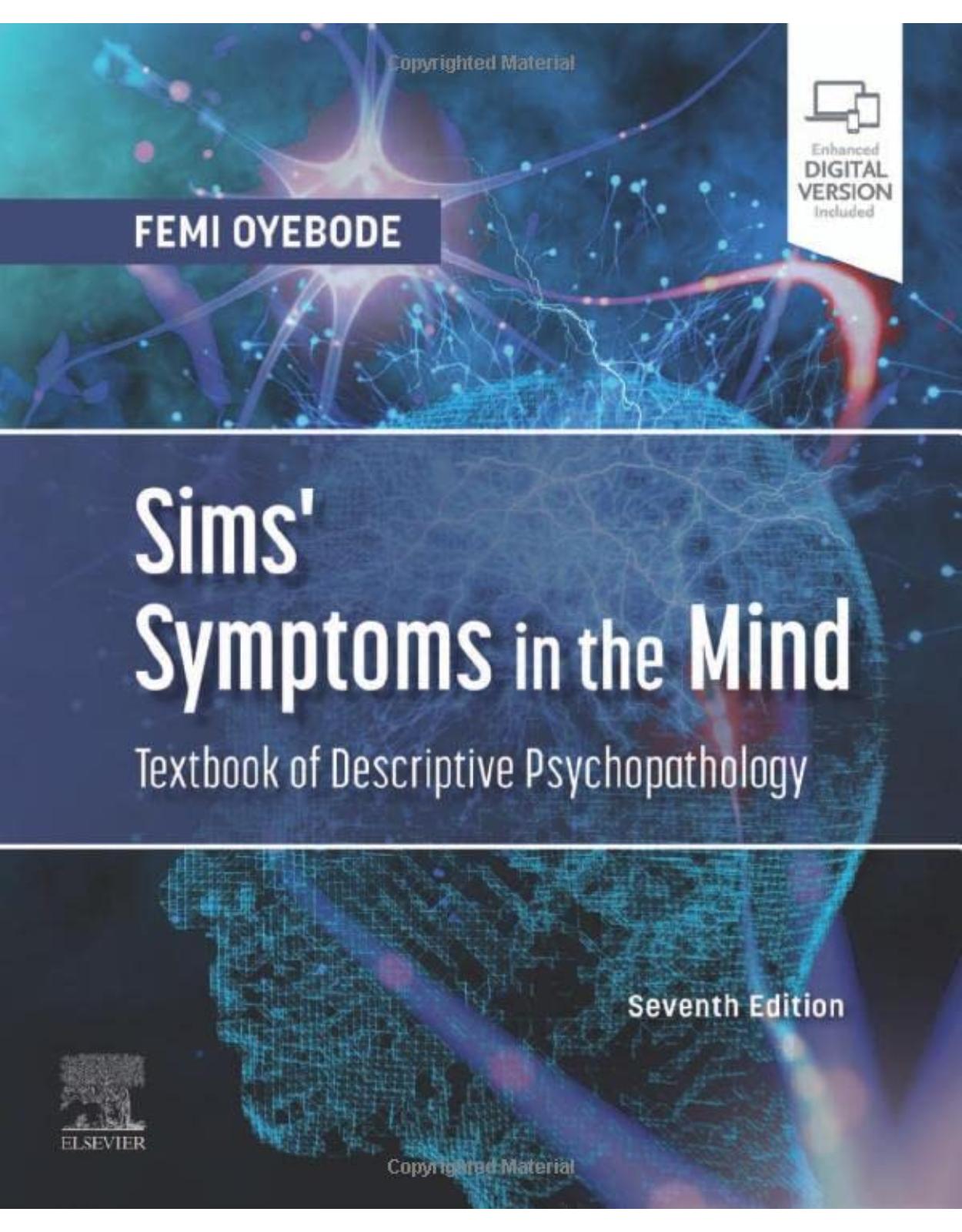
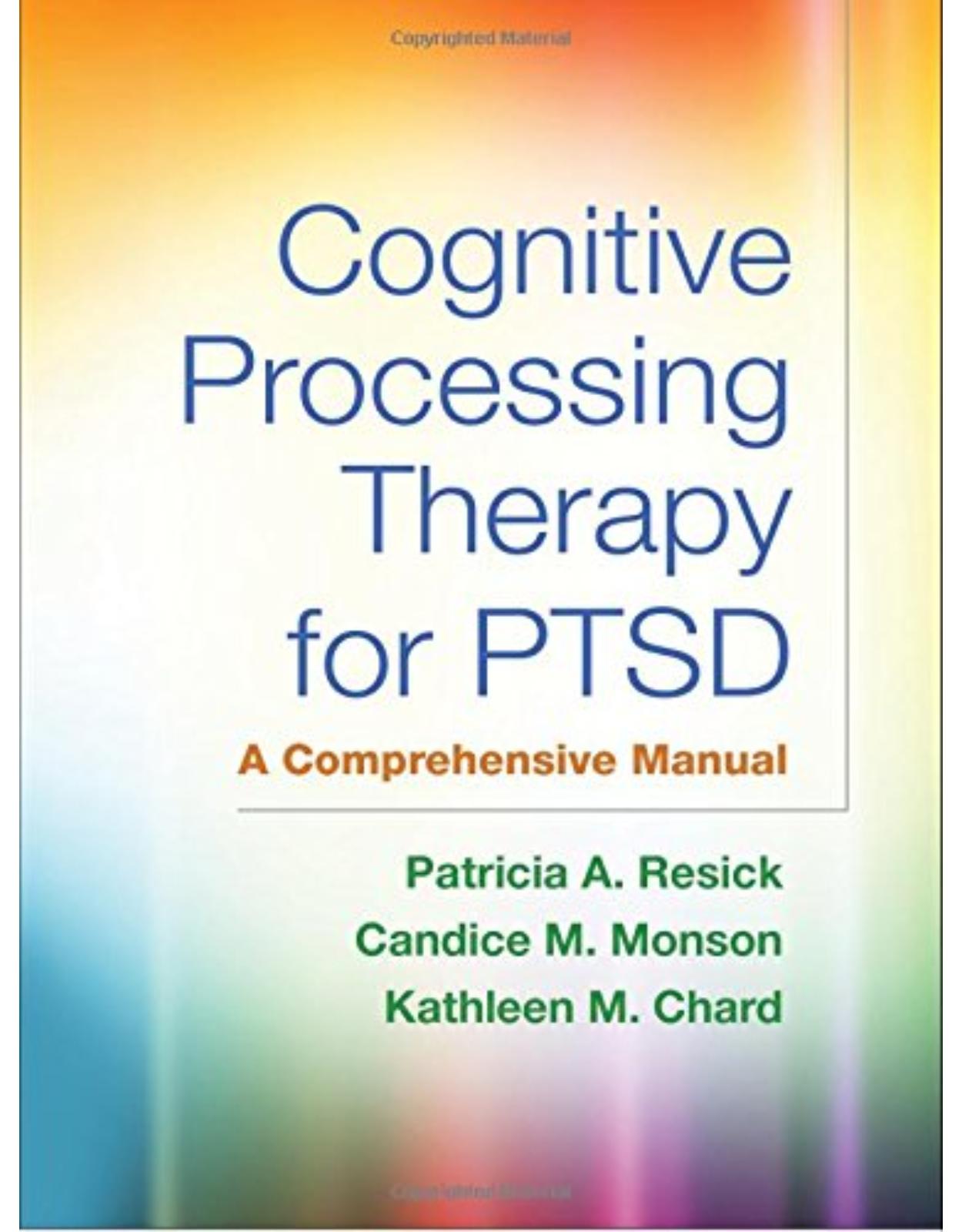
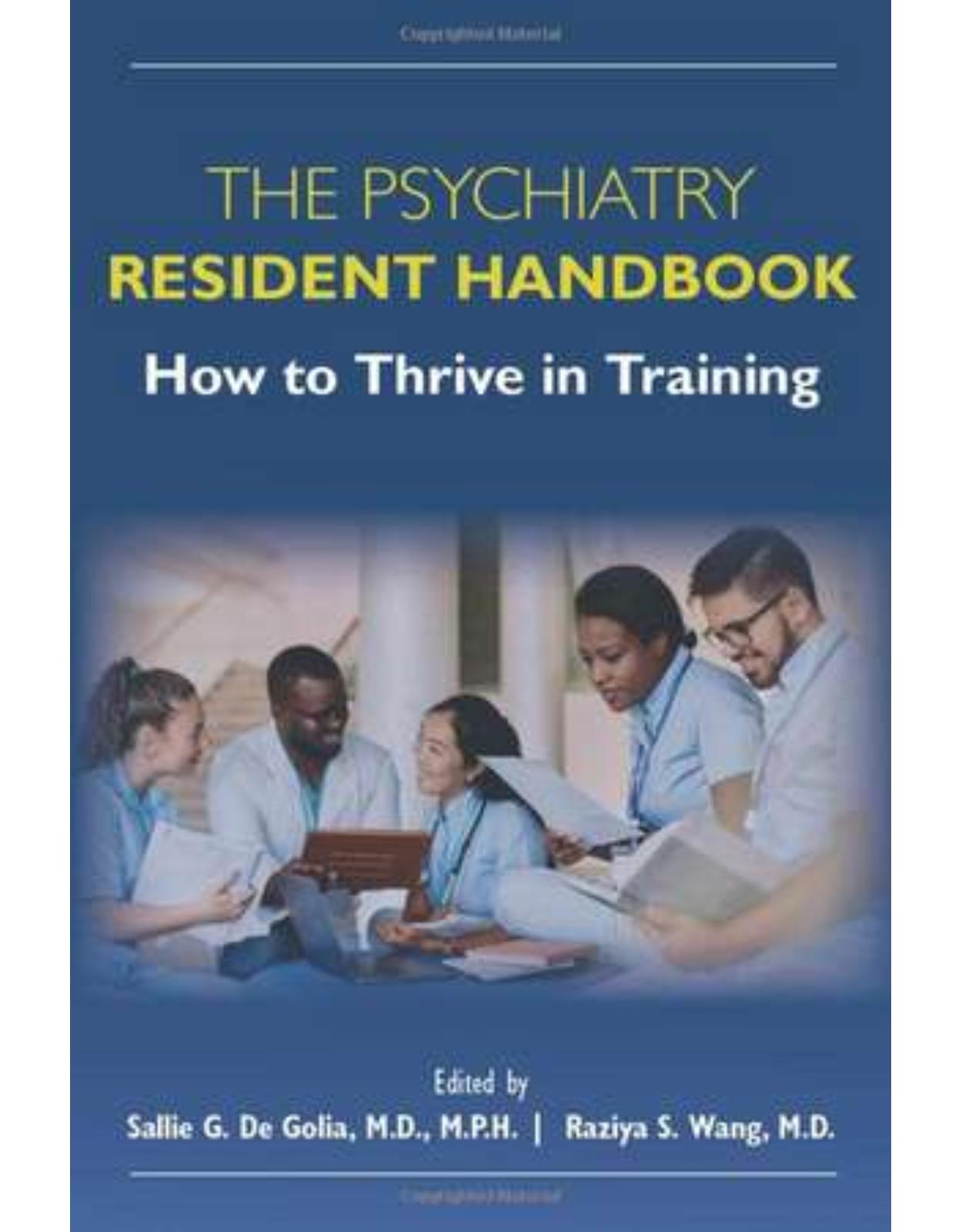
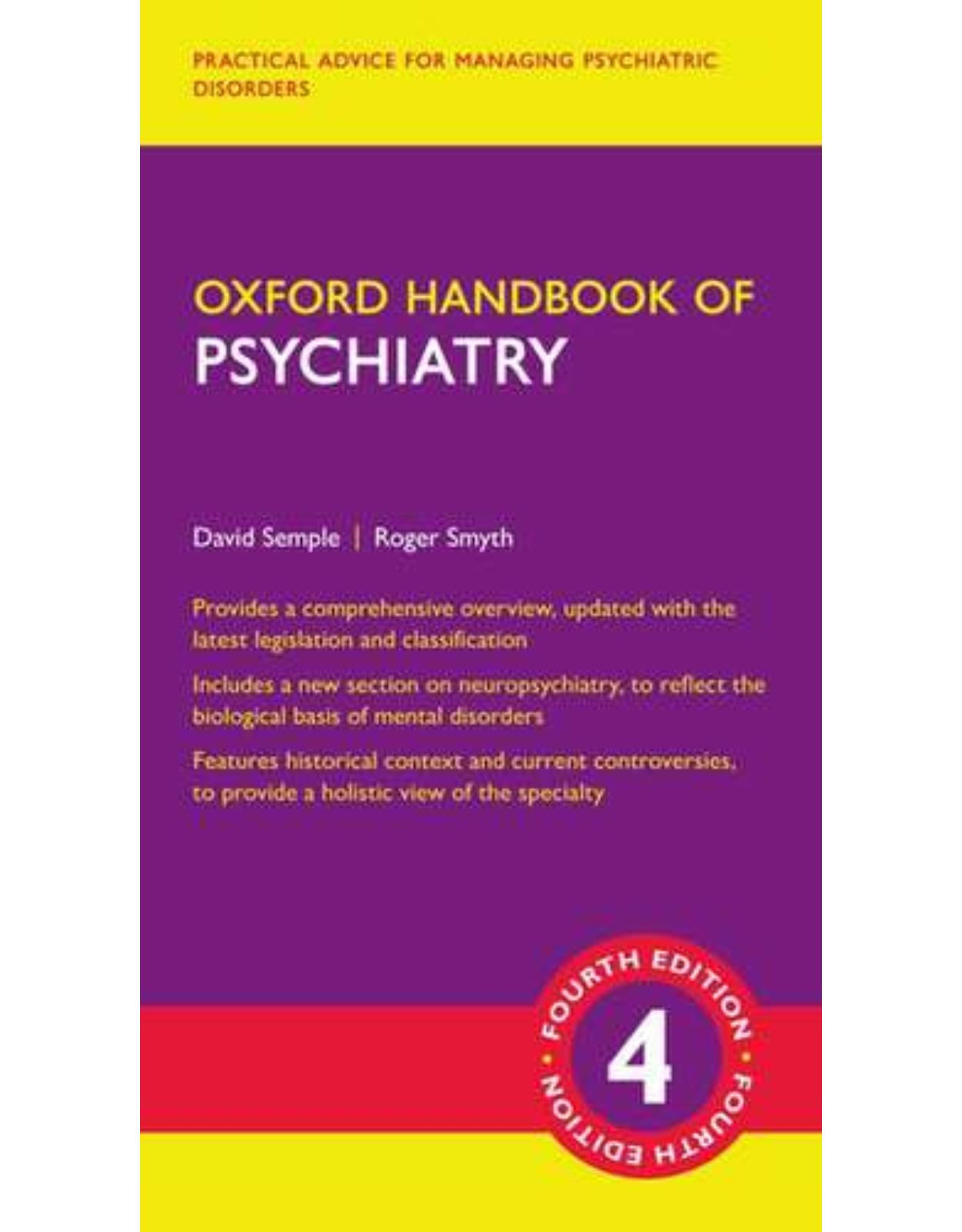
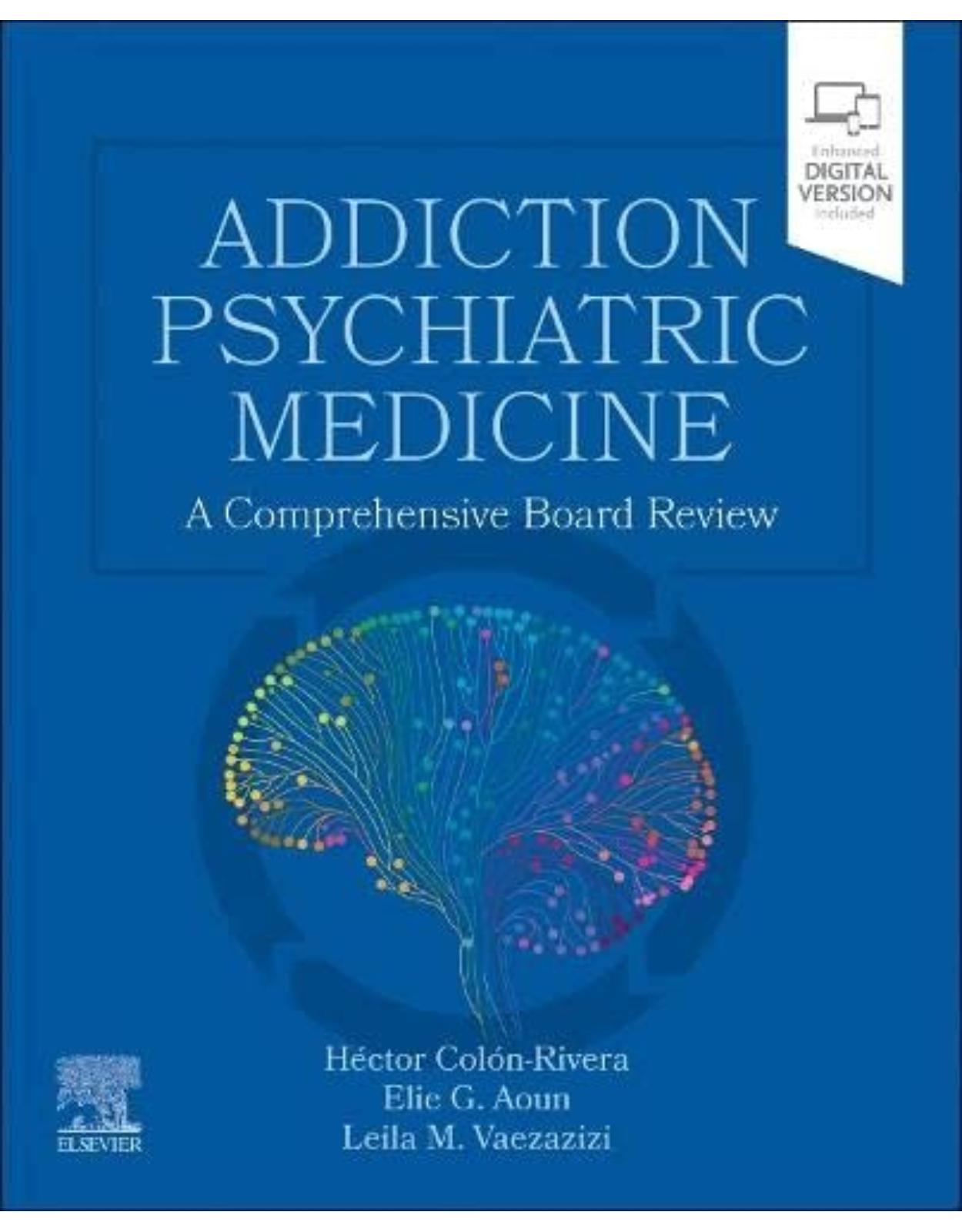
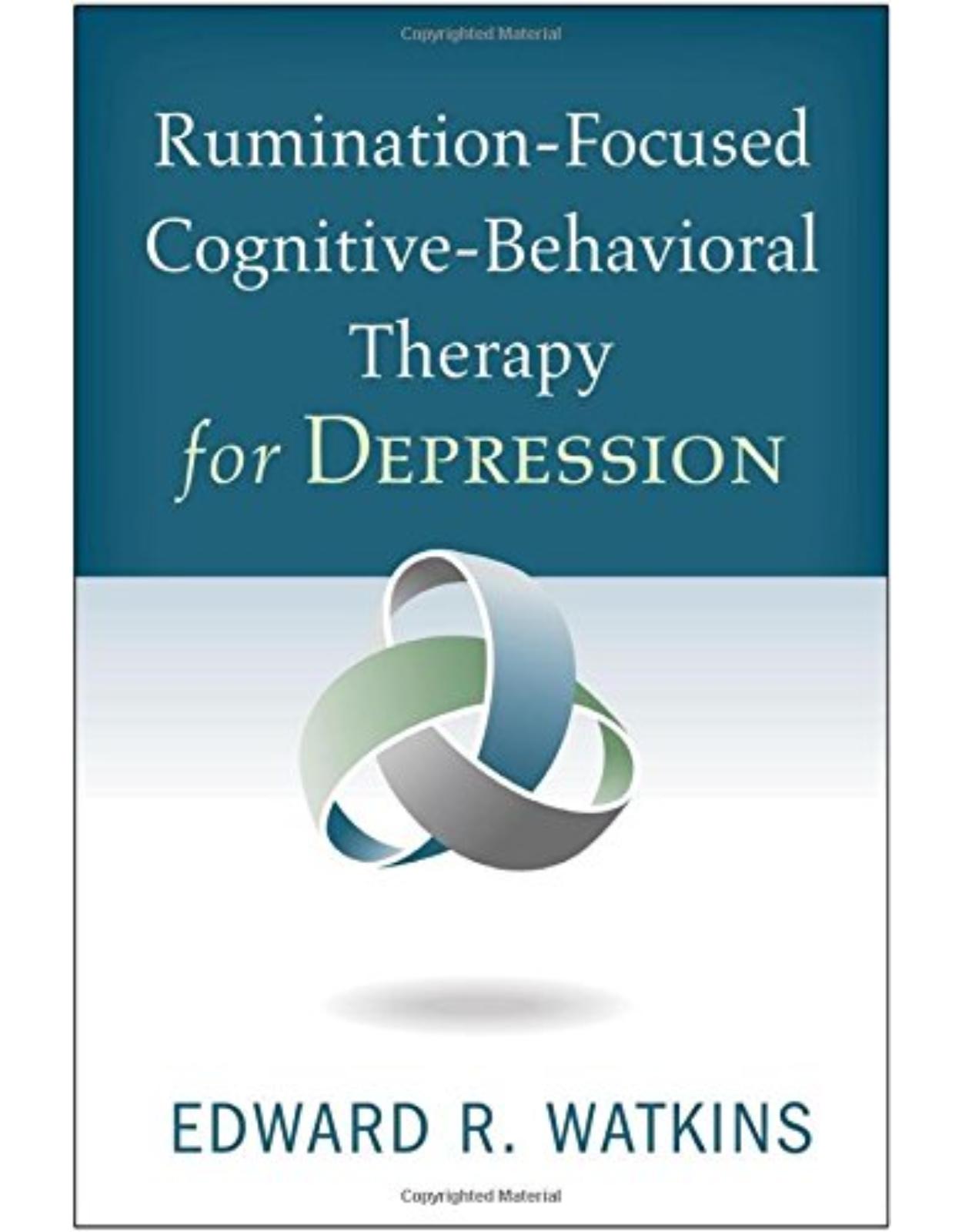
Clientii ebookshop.ro nu au adaugat inca opinii pentru acest produs. Fii primul care adauga o parere, folosind formularul de mai jos.